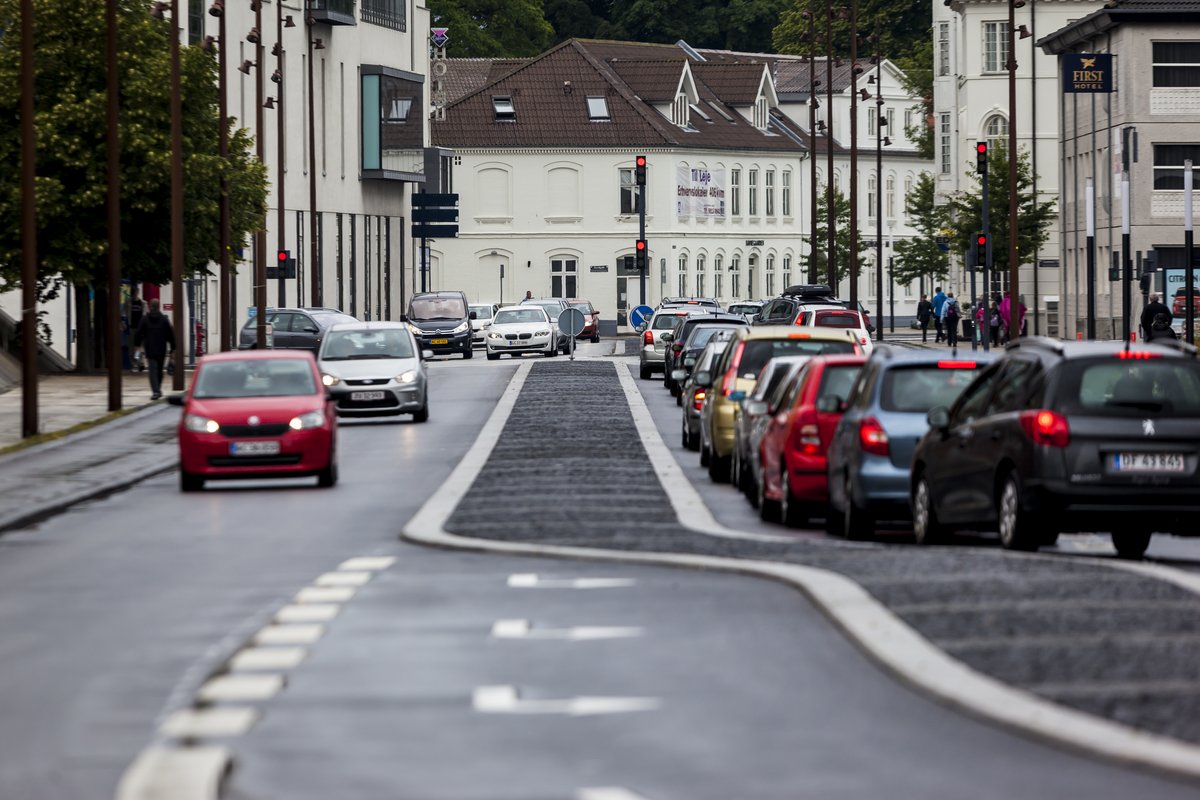In addition to Nord2000, Road Traffic Noise 1996 (RTN-96) is another Nordic noise model for road traffic noise. In the literature, RTN-96 is also referred to as "the Nordic calculation model." The development of RTN-96 was initiated by the Nordic Council of Ministers in 1978, and the revised version (Nielsen, 1996; TemaNord) was released in 1996.

Model description
The RTN-96 model was created to estimate noise levels in a standard scenario where the road is dry, and the terrain is not covered with snow or ice (Bendtsen, 1999). The noise calculations are based on typical weather conditions, specifically moderate wind conditions blowing away from the noise source, with a wind speed of less than 2 m/s. National noise standards refer to noise in an open area without sound reflection from a building facade. This model is primarily intended to predict noise levels in these open areas. The model only takes typical weather conditions into account in the calculations.
This model can estimate LAeq24h under these assumptions, which represents the 24-hour equivalent noise level. The model is also capable of predicting the highest sound pressure level, known as LAFmax,5%, which is the level exceeded 5% of the time. It is worth noting that there are no established standards for maximum noise levels in Denmark.
The necessary factors to estimate LAeq24h include traffic volume for both light and heavy vehicle categories, speed, distance from the road centerline, road surface height relative to the surrounding terrain, barrier position and height, barrier thickness, soil surface type, and receiver location. On the other hand, traffic volume is not necessary to predict LAFmax,n%, but knowledge of the other mentioned parameters and the vehicle category is crucial. To calculate, for example, LAFmax,95%, traffic data is not required. LAFmax,95% is a measure of the maximum sound level that occurs within 95% of the time in a given period. It is calculated by measuring (or estimating) the sound level at a specific location over a period and then selecting the highest sound level that occurs within 95% of the time.
Readers refer to the following literature for more relevant details.
References and Related Literature
Khan, J., Thysell, E., Backalarz, C., Finne, P., Hertel, O., & Jensen, S.S. (2023). Performance Evaluation of Nord2000, RTN-96 and CNOSSOS-EU against Noise Measurements in Central Jutland, Denmark. MDPI Acoustics, 5(4). Pp. 1099-1122. DOI: https://doi.org/10.3390/acoustics5040062.
Nielsen, H. L. (1996). Road Traffic Noise – Nordic Prediction Method (Tema Nord). Nordic Council of Ministers, Report # TemaNord 1996:525.
Bendtsen, H. (1999). The Nordic prediction method for road traffic noise. Science of the total environment, 235(1-3), 331-338. DOI: https://doi.org/10.1016/S0048-9697(99)00216-8.